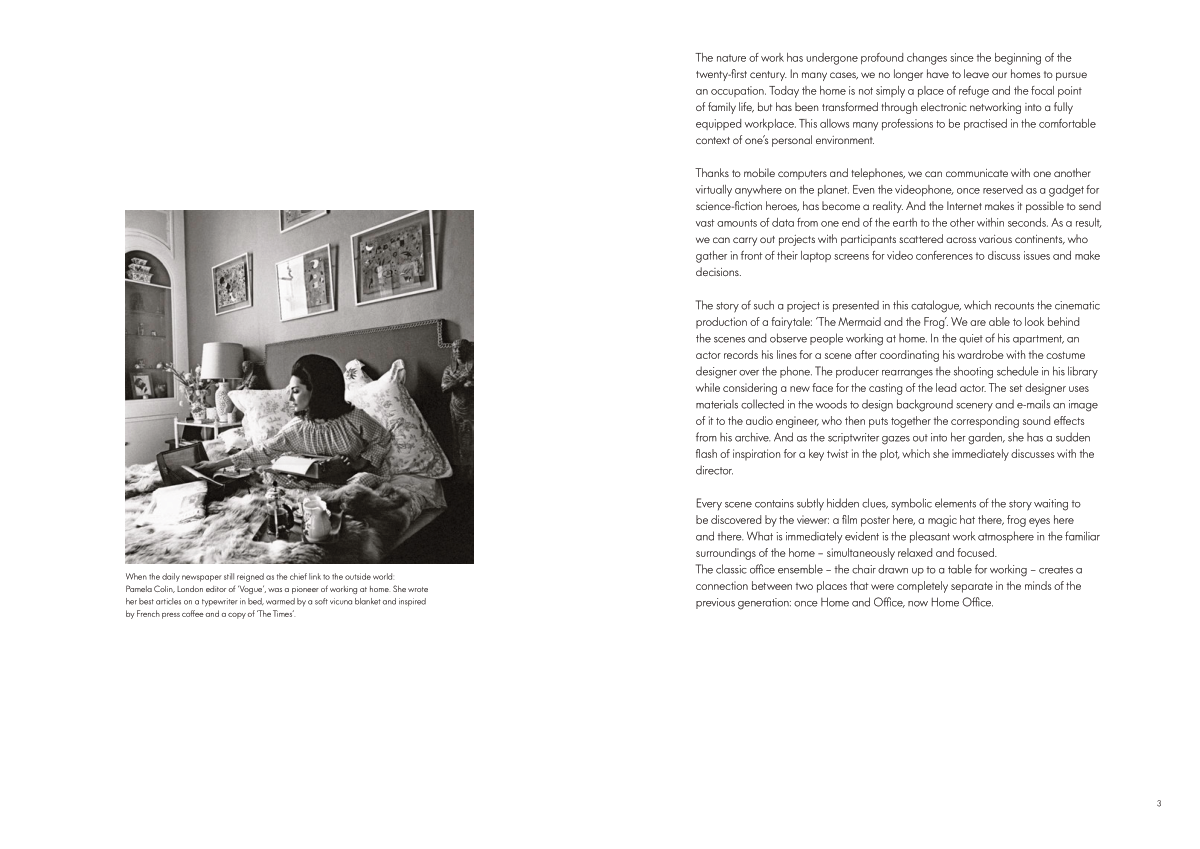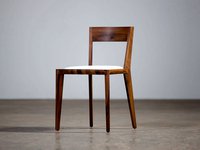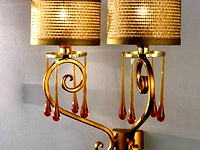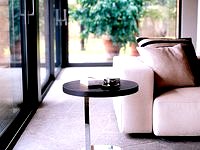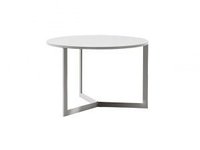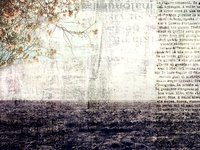3
When the daily newspaper still reigned as the chief link to the outside world:
Pamela Colin, London editor of ‘Vogue’, was a pioneer of working at home. She wrote
her best articles on a typewriter in bed, warmed by a soft vicuna blanket and inspired
by French press coffee and a copy of ‘The Times’.
The nature of work has undergone profound changes since the beginning of the
twenty-first century. In many cases, we no longer have to leave our homes to pursue
an occupation. Today the home is not simply a place of refuge and the focal point
of family life, but has been transformed through electronic networking into a fully
equipped workplace. This allows many professions to be practised in the comfortable
context of one’s personal environment.
Thanks to mobile computers and telephones, we can communicate with one another
virtually anywhere on the planet. Even the videophone, once reserved as a gadget for
science-fiction heroes, has become a reality. And the Internet makes it possible to send
vast amounts of data from one end of the earth to the other within seconds. As a result,
we can carry out projects with participants scattered across various continents, who
gather in front of their laptop screens for video conferences to discuss issues and make
decisions.
The story of such a project is presented in this catalogue, which recounts the cinematic
production of a fairytale: ‘The Mermaid and the Frog’. We are able to look behind
the scenes and observe people working at home. In the quiet of his apartment, an
actor records his lines for a scene after coordinating his wardrobe with the costume
designer over the phone. The producer rearranges the shooting schedule in his library
while considering a new face for the casting of the lead actor. The set designer uses
materials collected in the woods to design background scenery and e-mails an image
of it to the audio engineer, who then puts together the corresponding sound effects
from his archive. And as the scriptwriter gazes out into her garden, she has a sudden
flash of inspiration for a key twist in the plot, which she immediately discusses with the
director.
Every scene contains subtly hidden clues, symbolic elements of the story waiting to
be discovered by the viewer: a film poster here, a magic hat there, frog eyes here
and there. What is immediately evident is the pleasant work atmosphere in the familiar
surroundings of the home – simultaneously relaxed and focused.
The classic office ensemble – the chair drawn up to a table for working – creates a
connection between two places that were completely separate in the minds of the
previous generation: once Home and Office, now Home Office.


